Introduction of the ebook: The Illustrated Man
Đánh giá : 4.12 /5 (sao)
That The Illustrated Man has remained in print since being published in 1951 is fair testimony to the universal appeal of Ray Bradbury’s work. Only his second collection (the first was Dark Carnival, later reworked into The October Country), it is a marvelous, if mostly dark, quilt of science fiction, fantasy, and horror. In an ingenious framework to open and close the boo That The Illustrated Man has remained in print since being published in 1951 is fair testimony to the universal appeal of Ray Bradbury’s work. Only his second collection (the first was Dark Carnival, later reworked into The October Country), it is a marvelous, if mostly dark, quilt of science fiction, fantasy, and horror. In an ingenious framework to open and close the book, Bradbury presents himself as a nameless narrator who meets the Illustrated Man–a wanderer whose entire body is a living canvas of exotic tattoos. What’s even more remarkable, and increasingly disturbing, is that the illustrations are themselves magically alive, and each proceeds to unfold its own story, such as “The Veldt,” wherein rowdy children take a game of virtual reality way over the edge. Or “Kaleidoscope,” a heartbreaking portrait of stranded astronauts about to reenter our atmosphere–without the benefit of a spaceship. Or “Zero Hour,” in which invading aliens have discovered a most logical ally–our own children. Even though most were written in the 1940s and 1950s, these 18 classic stories will be just as chillingly effective 50 years from now. –Stanley Wiater
Contents:
· Prologue: The Illustrated Man · ss *
· The Veldt [“The World the Children Made”] · ss The Saturday Evening Post Sep 23 ’50
· Kaleidoscope · ss Thrilling Wonder Stories Oct ’49
· The Other Foot · ss New Story Magazine Mar ’51
· The Highway [as by Leonard Spalding] · ss Copy Spr ’50
· The Man · ss Thrilling Wonder Stories Feb ’49
· The Long Rain [“Death-by-Rain”] · ss Planet Stories Sum ’50
· The Rocket Man · ss Maclean’s Mar 1 ’51
· The Fire Balloons [“‘In This Sign…’”] · ss Imagination Apr ’51
· The Last Night of the World · ss Esquire Feb ’51
· The Exiles [“The Mad Wizards of Mars”] · ss Maclean’s Sep 15 ’49; F&SF Win ’50
· No Particular Night or Morning · ss *
· The Fox and the Forest [“To the Future”] · ss Colliers May 13 ’50
· The Visitor · ss Startling Stories Nov ’48
· The Concrete Mixer · ss Thrilling Wonder Stories Apr ’49
· Marionettes, Inc. [Marionettes, Inc.] · ss Startling Stories Mar ’49
· The City [“Purpose”] · ss Startling Stories Jul ’50
· Zero Hour · ss Planet Stories Fll ’47
· The Rocket [“Outcast of the Stars”] · ss Super Science Stories Mar ’50
· Epilogue · aw * …more
Review ebook The Illustrated Man
I read a review once that described Robert A. Heinlein as a creepy old uncle who drinks too much at parties and who makes embarrassing comments, but who everyone likes in spite of his outdated ways – kind of a loveable rogue.
Ray Bradbury, similar but by contrast, is like the dotty old professor whom everyone cannot help but love and who overlook his eccentricities. His stories are as warm and imaginative as a summer afternoon. And all due respect to Fahrenheit 451, which is a fine novel, but I I read a review once that described Robert A. Heinlein as a creepy old uncle who drinks too much at parties and who makes embarrassing comments, but who everyone likes in spite of his outdated ways – kind of a loveable rogue.
Ray Bradbury, similar but by contrast, is like the dotty old professor whom everyone cannot help but love and who overlook his eccentricities. His stories are as warm and imaginative as a summer afternoon. And all due respect to Fahrenheit 451, which is a fine novel, but I submit that Bradbury’s great contribution to literature arises from his short stories, he is a master of the medium.
And just as Heinlein, Asimov and Clarke are the “Big Three” and are the masters and founders of modern science fiction, Bradbury is an atavist, a throwback to Wells and Jules Verne and Edgar Rice Burroughs – he is our last link to a simpler time, before the age of information, before everything was required to be explained in scientific detail.
Where Heinlein will go into great detail to explain the mathematical elements of a hyperspace warp drive and how it affects the space –time continuum, Bradbury would simply write, “and they got in the rocket and went to Mars.”
Beautifully simple and imaginative.
And, let’s just get it out on the table – what about Mars? I think that to Bradbury, Mars was not just the fourth planet, Mars was a representative of “another place”. Mars was the “out there”, was Bradbury’s Neverland, his Wonderland.
The Illustrated Man is a collection of short stories, many that take up from the The Martian Chronicles with his fascination with Mars as an alternate reality, loosely connected with a centerpiece of a tattooed carnival worker whose body art moves and shifts and tells stories.
Wonderfully imaginative, quintessential Bradbury.
…more


 Đang tải dữ liệu
Đang tải dữ liệu


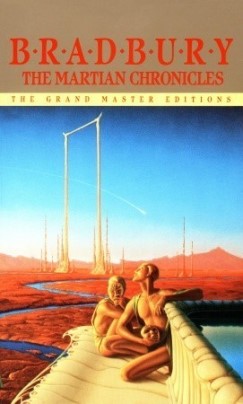



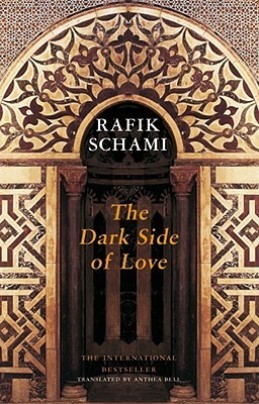


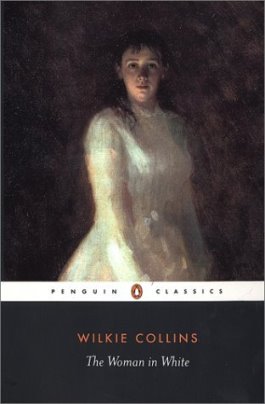

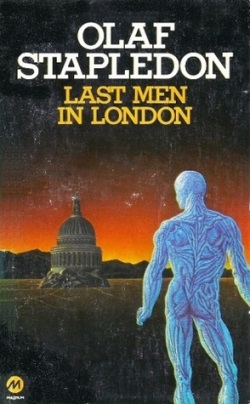
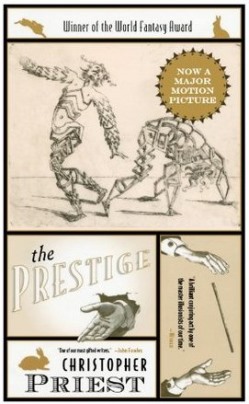



Chia sẻ ý kiến của bạn